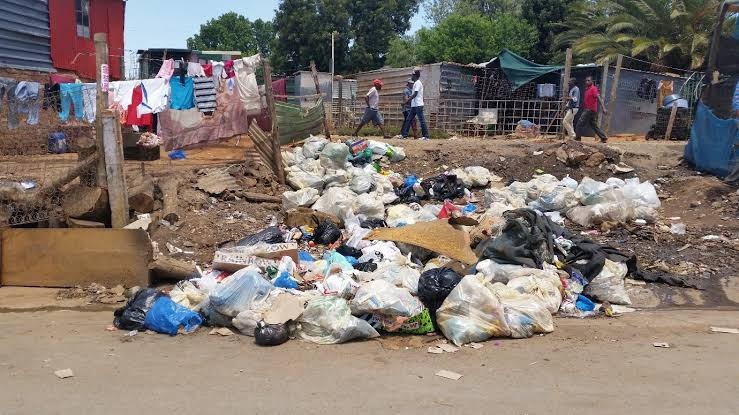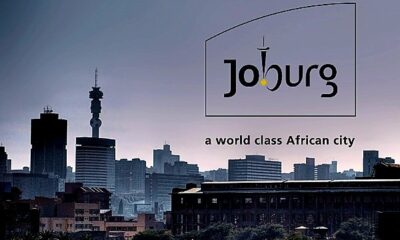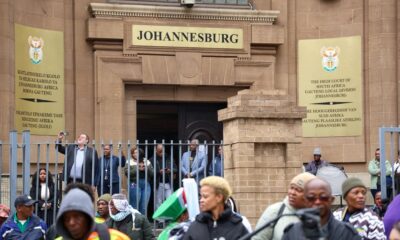News
Zandspruit’s Forgotten Promises: Why Families Are Still Living in Sewage and Shacks

They have waited for decades. They have marched, submitted memorandums, and watched plans come and go. Yet in 2025, residents of Zandspruit are still living with overflowing sewage in their streets and roofs made from scrap metal.
For a community once promised transformation, the only thing consistent has been delay.
“We’ve Been Patient for Too Long”
“I arrived here as a young woman,” says 50-year-old Thobile Dubazana. “We’ve held peaceful protests, petitions, and memorandums, but nothing has changed.”
Like many residents of this informal settlement tucked into northern Johannesburg, Dubazana has spent her entire adult life waiting for decent housing. Now, she says, most of her neighbours are either unemployed or pensioners and simply cannot afford to buy land, even if it’s serviced.
“This is why we’re calling for houses to be built,” she explains. “We also want transparency; we don’t even know who is set to benefit.”
A Plan on Paper, but Not on the Ground
The City of Johannesburg’s promise to develop Zandspruit dates back to 2008, when it announced an ambitious Urban Development Framework aimed at transforming the area. However, that plan was never fully implemented.
In 2019, some progress seemed possible when 701 serviced stands, plots of land equipped with basic infrastructure such as water, electricity, and sanitation, were prepared to help reduce overcrowding. Residents were told they could eventually build homes on these stands. But fast forward to 2025, and the stands remain vacant, with no clear information on allocation or timelines.
A new development framework was approved earlier this year, nearly two decades after the first, but community members say there has been no visible impact.
Living Conditions That Shock the Eye
When GroundUp visited Zandspruit last week, the scenes were bleak. Overcrowded shacks cluster tightly together. Makeshift electrical cables dangle dangerously. Cracked sewage pipes leak into unpaved, muddy roads that flood with human waste during rains.
“I’m still living in a shack,” says Miriam Mokoni, 69, who has been on the housing waiting list for decades. “My husband died without ever getting a house. I had to reapply.”
The few toilets that exist are rarely serviced. Overflowing sewage has become part of daily life. Many residents are deeply frustrated, especially after more than 100 people, including elderly residents, marched to Honeydew Police Station last month, pleading for urgent intervention.
Who Qualifies, and Who Is Left Out?
Part of the problem lies in the criteria and lack of clarity around who qualifies for the service stands. Mlungisi Mabaso, Member of the Mayoral Committee (MMC) for Human Settlements, told Cutting Edge in May that the stands are intended for people earning R3,500 or more per month, those who can afford to build on their own.
Households earning below that threshold, he added, will have access to other stands. However, this has not translated into actual movement or housing delivery.
Zandspruit residents say there is zero transparency about who is being prioritised or when handovers will begin. The City of Johannesburg has not responded to media questions on the matter despite several follow-ups.
A Symptom of a Bigger Problem?
Zandspruit’s stalled development is not just about one community. It reflects a wider issue in Johannesburg: bureaucratic delays, fragmented housing policies, and poor communication between government and communities.
For residents, the wait is about more than property; it’s about dignity.
They have had the patience. What they need now is action.
Also read: Justice for Muzi Manyathi: Three Suspects in Court for 2022 Murder
Follow Joburg ETC on Facebook, Twitter , TikTok and Instagram
For more News in Johannesburg, visit joburgetc.com
Source: GroupUp
Featured Image: vital.seals.ac.za



























